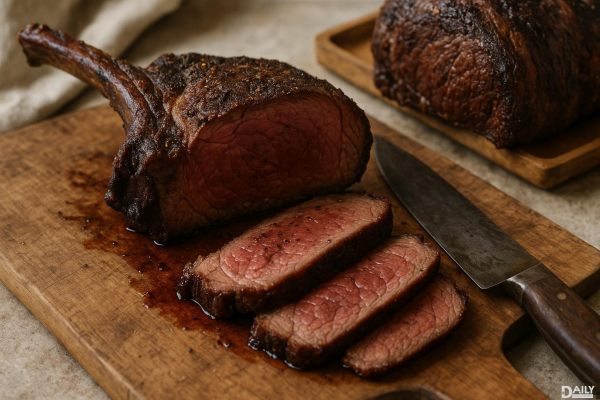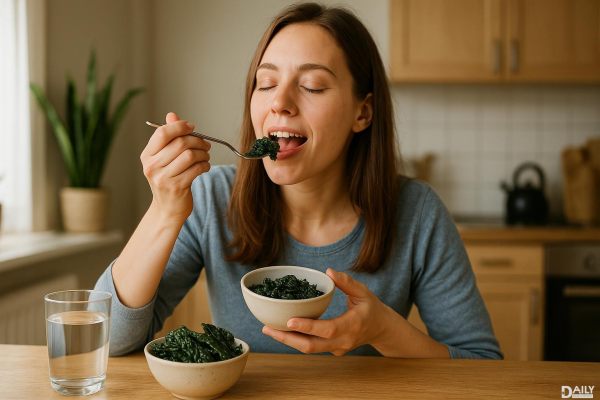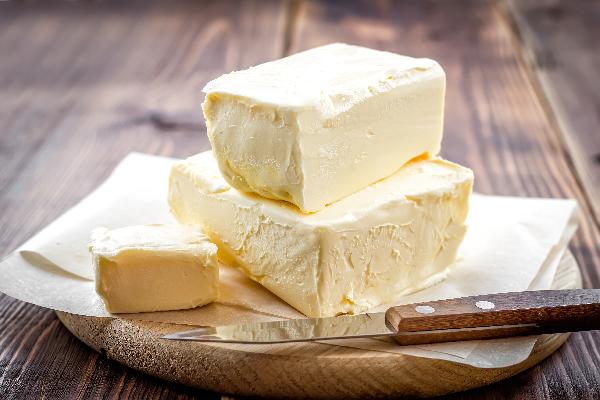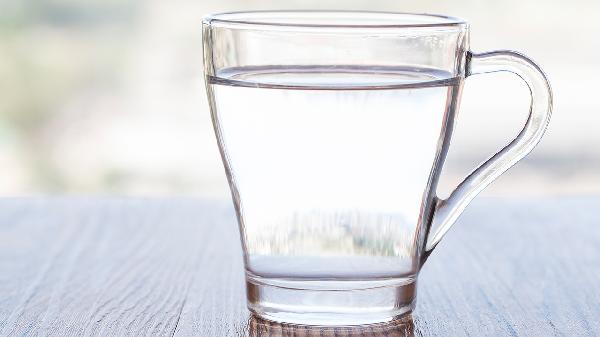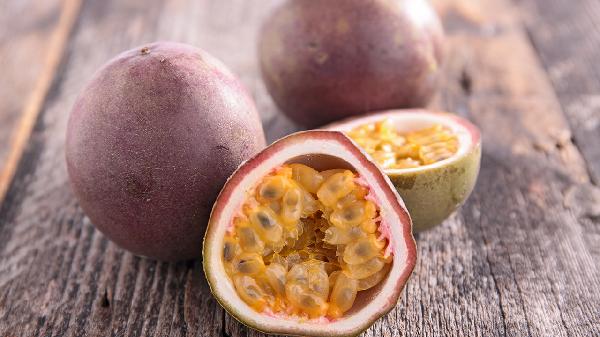Leftovers are the unsung heroes of meal prep—keeping our schedules sane and our wallets happy. Who doesn’t love reheating last night’s spaghetti or digging into a bowl of cold fried rice straight from the fridge? But here’s the kicker: some leftovers can turn into ticking time bombs for food poisoning.
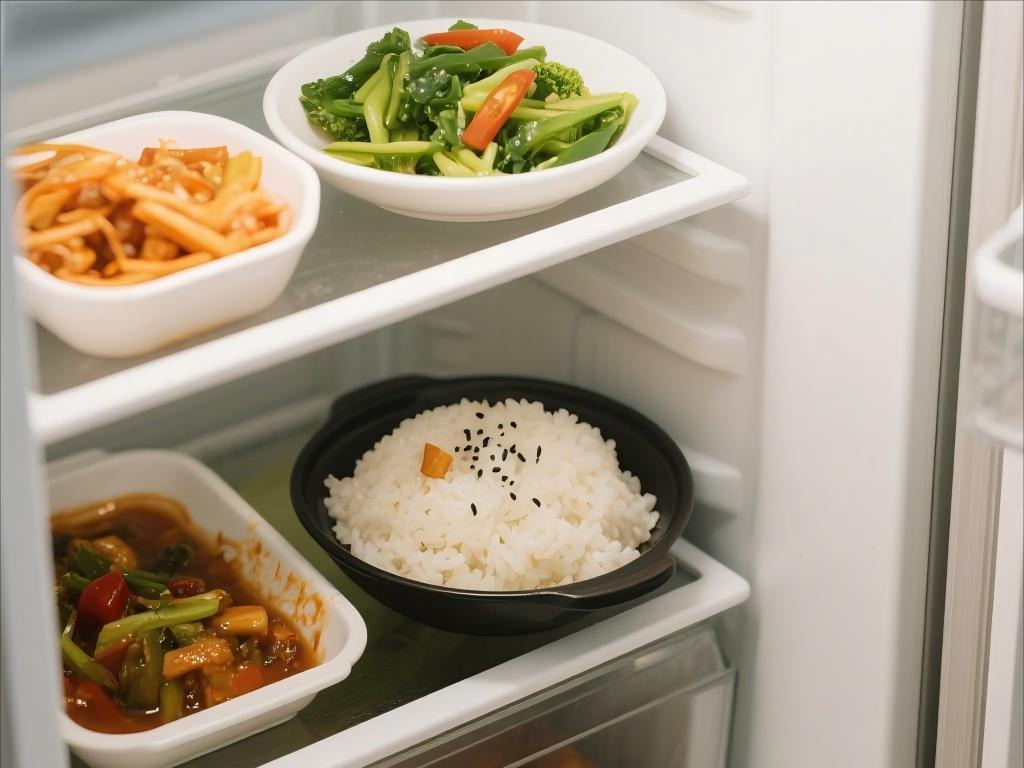
A viral TikTok resurfaced the tragic story of a college student who died after eating days-old pasta, reigniting fears about leftover safety. The culprit? A sneaky bacteria called Bacillus cereus, responsible for what’s ominously dubbed "fried rice syndrome." So, which leftovers are the riskiest, and how can you avoid a nasty bout of food poisoning? Let’s break it down.
Grains: The Silent Culprits
Pasta, rice, quinoa, and other grains are some of the biggest offenders when it comes to foodborne illness. Why? Because even after cooking, they can harbor Bacillus cereus spores—bacteria that survive boiling temperatures and multiply when food sits out too long.
The real danger kicks in when cooked grains linger in the "danger zone" (between 40°F and 140°F). That’s when bacteria go into overdrive, producing toxins that reheating won’t destroy. So, if you left your takeout rice on the counter overnight, you might be rolling the dice with your stomach.
The Danger Zone: Where Leftovers Go Bad
Ever left a pot of mashed potatoes out after Thanksgiving dinner? Or forgotten about that takeout container on the counter? That’s prime real estate for bacteria. The CDC warns that food left in the danger zone for more than two hours (or just one hour if it’s hotter than 90°F outside) becomes a breeding ground for trouble.
Even if you reheat the food later, some toxins stick around, meaning you could still get sick. And while most healthy adults might just endure a rough night in the bathroom, vulnerable groups—like kids, the elderly, or immunocompromised folks—can face serious, even life-threatening, consequences.
How to Store Leftovers Like a Pro
Here’s the golden rule: Get it cold, fast. The CDC says leftovers should hit the fridge within two hours (one hour if it’s hot out). And forget the old-school advice about letting food cool before refrigerating—that just gives bacteria more time to party.
Instead, try these tricks:
How to Avoid Food Poisoning (Without Giving Up Leftovers)
You don’t have to swear off meal prep—just follow these four steps from the USDA and CDC:
1、Clean – Wash hands, surfaces, and utensils before and after handling food.
2、Separate – Keep raw and cooked foods apart to avoid cross-contamination.
3、Cook & Reheat Safely – Use a food thermometer to ensure food hits 165°F when reheating.
4、Chill Promptly – Don’t let food loiter at room temperature.
Leftovers are still a lifesaver—just store and reheat them wisely. Because nothing ruins a good meal like an unexpected date with the toilet.

